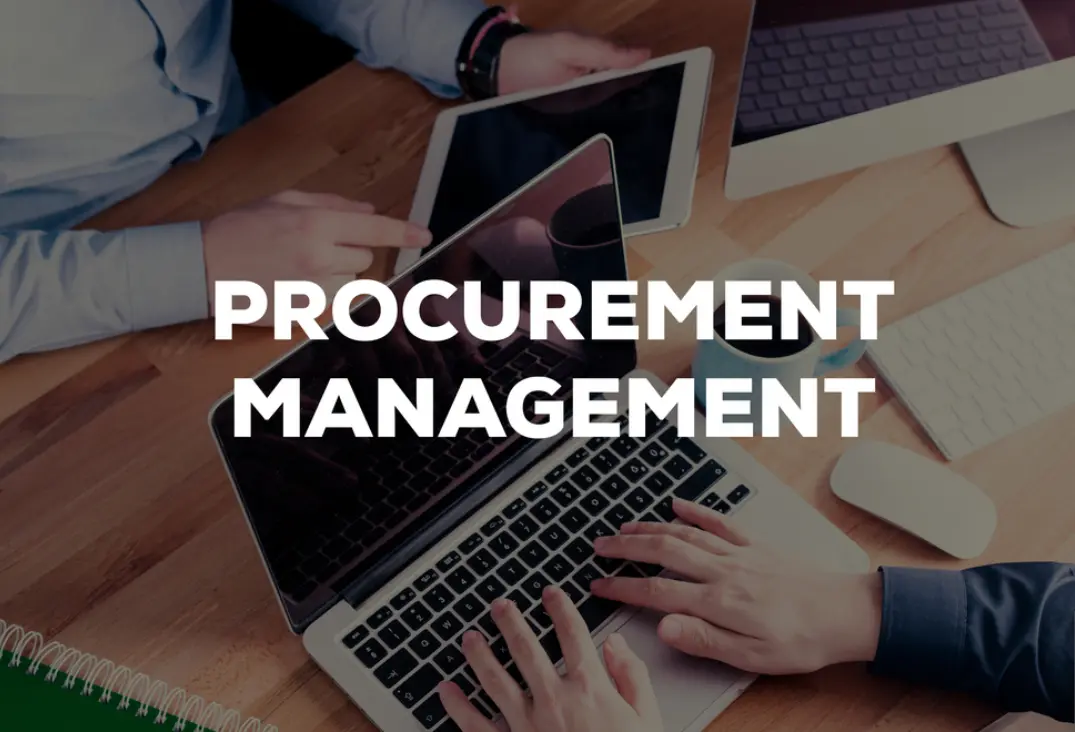Every organization procures services or goods from external suppliers for its smooth functioning. Procurement Management refers to supervising multiple processes related to delivery by suppliers, quality of the things procured, and a healthy relationship with the vendors. The efficiency of an organization is largely dependent on the efficacy of its procurement management system. To facilitate this system, the Logistics and Supply Chain Management Training course comes in handy.

Jump ahead to
Can One Build a Career in Procurement Management?
By being educated in this discipline, individuals can head to satisfying job ranks. The procurement manager forms the backbone of any organization by coordinating buyer activities and guiding the procurement procedures.
This domain broadens the employment scope for the aspirants with multiple job roles. Procurement analysts, sourcing managers, purchasing managers, and procurement specialists, are just to name a few. These professionals are in charge of keeping the production floor and other departments updated with new procurement policies. Thus, they become assets to organizations instead of remaining mere employees.
Who can be a Procurement Manager?
Procurement Management is no longer on-job training for the supply chain employees. This mandates an individual pursuing a career in this field to have a Bachelor’s degree in supply management, finance, or accounting . Besides, past experience as a purchasing or procurement agent is required for individuals willing to take up diverse roles of a procurement manager.
Stages of Procurement
The following are the important stages involved in acquiring the supplies of commodities or services by an organization:
Preparing the Plan
A product/service and its necessity in an organization’s operation is established initially. This step also includes procurement forecasting. The existing data is used to find out the time of sourcing a commodity/service based on its previous procuring records. Previous product ordering times and circumstances are visited to plan the new schedule for purchasing supplies.
Selection of Suppliers
Research is the key to finding quality suppliers and approved vendors. This stage of the procurement lifecycle marks supplier selection and sending of the request for quotation/proposal. Identifying a supplier, and maintaining good relations with it is a crucial task to be performed in Procurement Management.
Price Negotiation
Suppliers’ competitive bidding of their respective quotes is the third step in the cycle, which leads to price negotiation. The purchaser clearly conveys the expectations and requirements to the supplier. Having agreed upon all the terms, the supplier gets into a contract with the purchasing agent.
Purchase Order Placement
The purchase order is not just about asking to deliver the required supplies. It includes the mentioning of product specifications and supplier’s terms with respect to the product. Not to forget, the product price is also stated. Placing the purchase order marks the fourth phase of the procurement cycle. The significance of this step is that it serves as proof of product purchase for business units.
Examining Delivery Timeline
Next comes the speeding up of the ordered product’s delivery. The purchaser must scrutinize the delivery details and schedule of the ordered goods. By performing this task, the purchaser is able to come across several underlying issues. It can be related to the absence of transparency in delivery or payment dates.
Inspection of Supplies Received
The package receipt slip, invoice, and purchase order documents are matched with each other during this stage of the cycle. It is done for reviewing the alignment between the quality standards and prescribed specifications of every item on the purchase order document.
It is the most vital stage of the procurement lifecycle where a report is documented in terms of receipt discrepancy. This refers to the gaps found between the standards specified, and the standard of the delivered product.
Paying the Bills
Inspection and confirmation of the delivered order’s quality assists in the clearing of purchase payments. The alignment of accounts payable and purchasing closes the product purchase procedure.
Purchase Record Maintenance
Keeping a record of product purchases is very essential. It proves beneficial for tax information, and tax audit requirements. Besides, the records can be referred to when re-ordering the concerned products. The purchase record serves as a confirmation for questioning the supplier about the product warranty.
Alterations in Supplier Contract
The final phase of the procurement lifecycle consists of expressing the improvements required in the supplier’s services. This is accomplished by the purchaser providing feedback to the supplier based on its criteria of product specifications.
What are the Benefits of Procurement Management?
An effective procurement management system ensures that an organization’s productivity increases without equally increasing its expenses.
- This system makes the expenses clearly visible to all departments of an organization for helping out each other. One department can suggest ways of curtailing a particular expense.
- Procurement Management comprises methods of minimizing product processing time, which automatically saves on the cost.
- The quality of the delivered product gets enhanced through the purchase verification processes documented in detailed agreements with the suppliers.
- An organization is devoid of any procurement risks by obtaining information clarity regarding service/product quality mentioned in contracts.
- Cost-effectiveness is the major outcome of procurement management from which an organization benefits.
Logistics and Supply Chain Management Training is the appropriate course that individuals can attend to get employed in this domain. Not only the manufacturing or service-providing industries but even the IT sector corporations are in need of procurement management. The project’s team members become more responsible for fetching the right resources to deliver outstanding results by attending such training sessions and acquiring the skill set.



